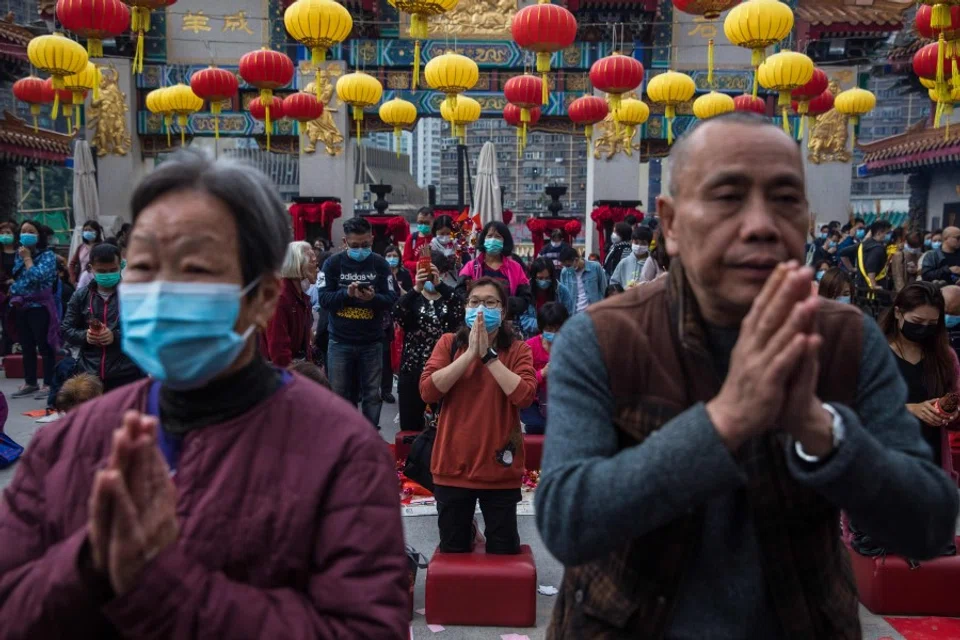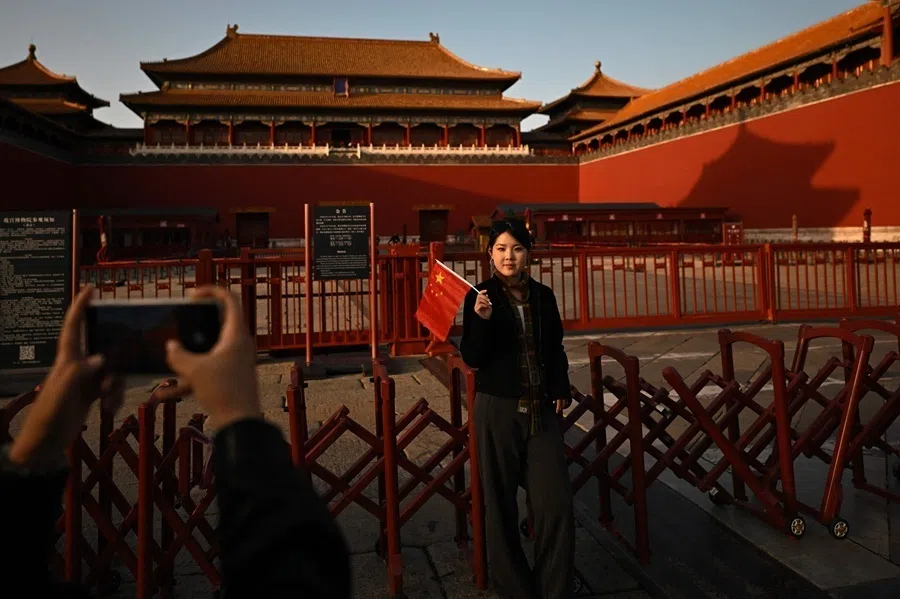[Photo story] A muzzled anxious start to the Rat Year in China
Chinese New Year is usually a time of celebration and feasting, with the festivities stretching all through the first fifteen days of the first lunar month. This year, however, the arrival of the Wuhan coronavirus has put a significant dampener on what is generally the biggest festival of the year for the Chinese. ThinkChina offers a glimpse into the muted welcome for the Year of the Rat.

It was just as 2020 came around, when the world first heard of a new and deadly coronavirus that originated in Wuhan. Since then, as of the time of writing, there have been 7,251 confirmed cases and 170 deaths. For the world's second-largest economy, already in a trade war with the US, the impact of this fresh blow has been significant.
Tourist sites have been closed, transport services halted, and the Chinese government has ordered a lockdown on Wuhan and other cities since 23 January. Companies such as tech giant Tencent have told employees to work from home, while hotpot restaurant chain Haidilao will close all its restaurants in China until the end of the month. Swedish furniture giant Ikea said on 29 January 29 that it had closed all of its 30 stores in mainland China until further notice. McDonald's has shut 300 outlets in China, including all of its branches in Hubei. Domestic and international group tours have been cancelled, while Chinese travellers have been advised to put overseas trips on hold.
Then there is the stigma. Notices have gone up in various establishments in Japan and South Korea turning away visitors from China, while at least one high school in Paris has withdrawn its invitation to a group of students who were set to arrive this week. In Denmark, the Jyllands-Posten newspaper ran an editorial cartoon depicting the Chinese flag with virus symbols instead of stars, prompting the Chinese Embassy there to request an apology, which was denied.
Experts in China and elsewhere have offered different views on how long the coronavirus will take to peak, ranging from a matter of weeks to a few months, perhaps April or May. The only thing that is sure for now is that the coronavirus from Wuhan remains a dark cloud that has yet to break.












This photo story was put together by Candice Chan, ThinkChina.





![[Vox pop] Chinese parenting: Tough love or just tough?](https://cassette.sphdigital.com.sg/image/thinkchina/b95bd53631df26290df995775a40e36709bf8dc8e3759460276abd5c426b20b6)